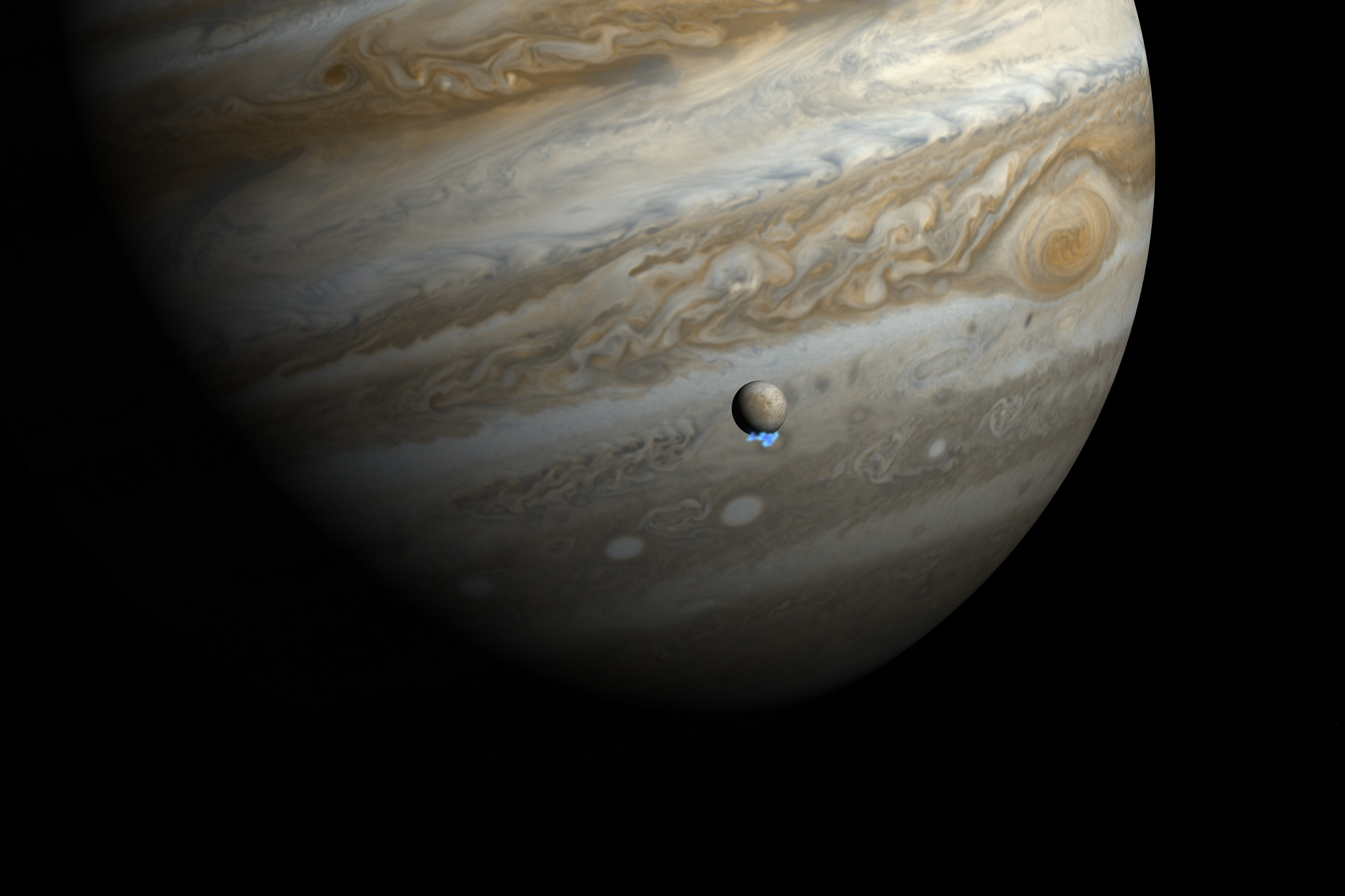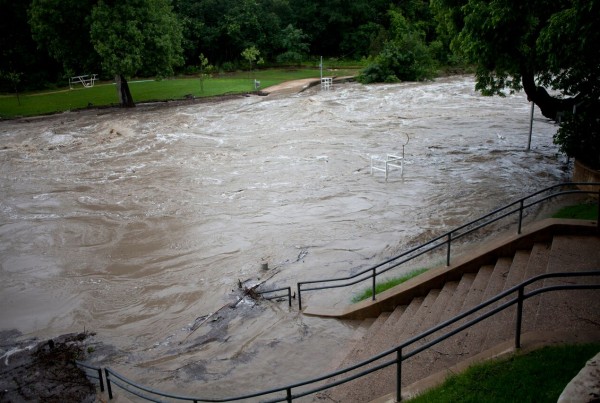Its surface is covered in jagged ice, bombarded by radiation, and the average temperature is about 315 degrees below zero – but none of this has stopped NASA from spending nearly two decades trying to develop a way to research Jupiter’s fourth Moon of Europa.
That’s where scientists from the University of Texas at Austin come in – using a radar technology originally used to analyze Antarctica. Don Blankenship is the lead investigator for the Jackson School of Geosciences.
“I do Ice! So when the Europa mission started cranking up about 15 years ago I got a call and they asked me how hard it would be to do ice on Europa with the radar techniques we used on Earth,” Blankenship says. “The weird thing is how similar they are.”
The hope is that the radar techniques will be able to determine if underneath Europa’s icy shell lies oceans similar to Earth’s, and possibly able to support life. The mission however does come with some challenges – the biggest one is time.
“This mission is supposed to launch in the early 2020’s. It takes 5 to 7 years to get the instrument ready. Then it takes about 7 years to get to Jupiter, and then there is 3 years of observing,” he says. “So if you add those numbers up, that’s almost 20 years.”
It’s for this reason that the scientists have been divided up into two generations. The senior researchers who set priorities, and the younger scientists who have the mantel passed to them as the mission progresses. Krista Soderland is part of that younger generation; she’s Geophysicist at UT.
“So the time where there is the hand off I guess you can say is really once the spacecraft launches,” Soderland says. “Each early career person is paired with a senior scientists and we all have an overlapping interest. So we have a very similar science interest and goal that we then kind of cultivate and develop as the instrument progresses.”
Scientists hope that the information gathered from the satellite could one day lead into the possibility of sending a rover to the surface of Europa.


















